The science behind skin aging is multifaceted; it can come from both internal (genetics) and external (environment, lifestyle) influences. In this article, we cover all the factors that shape our skin's aging pattern: from the natural decline of collagen and elastin to the impacts of sun exposure and lifestyle choices.

Factors that Contribute to Skin Aging
The process of skin aging is influenced by both intrinsic and extrinsic factors. Intrinsic factors are determined by our genetics and biological makeup, while extrinsic factors are external influences that impact our skin.
One of the key intrinsic factors is the natural decline in collagen and elastin production as we age. Collagen gives our skin its strength and elasticity, while elastin helps it snap back into place. As the levels of these proteins decrease, our skin becomes less firm and more prone to wrinkles and sagging. Additionally, the production of natural oils and moisturizing factors also decreases, leading to drier and more dehydrated skin.
Extrinsic factors such as sun exposure, and lifestyle factors play a major role in the aging process as well. The ultraviolet (UV) rays emitted by the sun can damage the collagen and elastin fibers in our skin, causing them to break down more rapidly. Prolonged and unprotected sun exposure can also weaken the skin's natural barrier function, making it more susceptible to environmental damage.
Other lifestyle factors, such as smoking and poor nutrition, also contribute to skin aging. Smoking reduces blood flow to the skin, depriving it of essential nutrients and oxygen. Similarly, a diet lacking in antioxidants, vitamins, and minerals can leave the skin vulnerable to oxidative stress and damage from free radicals.
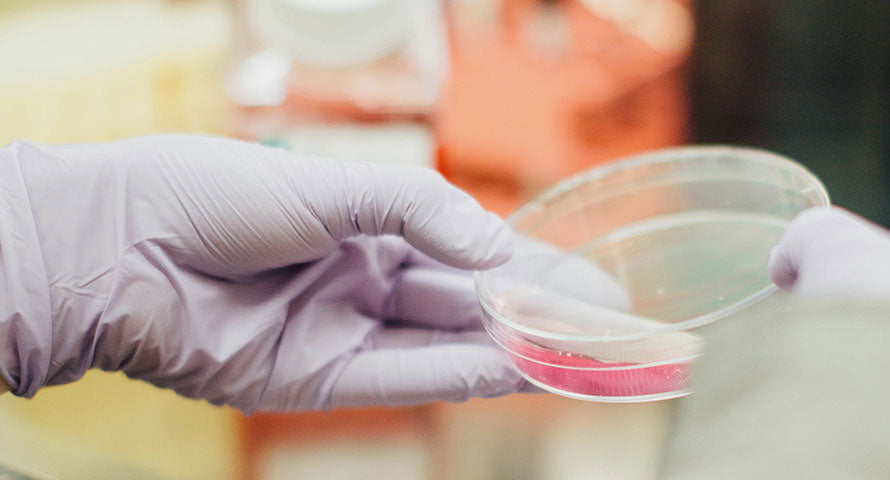
Understanding the Science Behind Skin Aging
To fully comprehend the science of skin aging, it's important to understand the underlying mechanisms at play. One of the primary culprits is oxidative stress, which is caused by an imbalance between free radicals and antioxidants in the body. Free radicals are unstable molecules that can damage cells, while antioxidants neutralize them to prevent harm.
When our skin is exposed to environmental factors like UV radiation and pollution, the production of free radicals increases. This leads to oxidative stress, triggering inflammation and accelerating the aging process. Over time, this oxidative stress can damage the DNA within our skin cells, impairing their ability to function optimally and resulting in visible signs of aging.
Another key player in skin aging is glycation, a process in which sugar molecules attach themselves to proteins like collagen and elastin. This forms advanced glycation end products (AGEs), which can cause these proteins to become stiff and less elastic. As a result, the skin loses its firmness and becomes more prone to wrinkles and sagging.
Common Signs of Aging Skin
As we age, our skin undergoes various changes that are indicative of the aging process. These changes can manifest in different ways of each individual, but some common signs of aging skin include :
1. Fine lines and wrinkles
2. Sagging and loss of firmness
3. Uneven skin tone and texture
4. Dryness and dehydration
5. Reduced skin elasticity
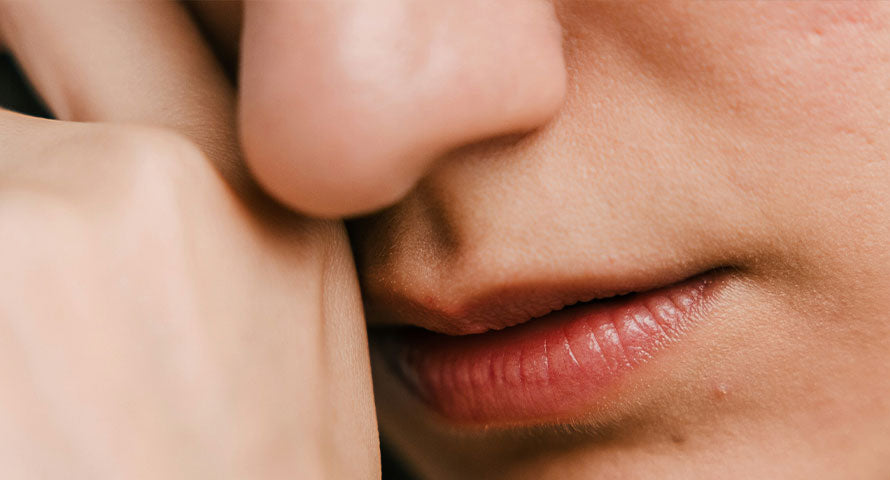
It's important to remember that these digns of aging are a natural part of the process and can be influenced by both genetic and environmental factors. While we can't complertely reverse the signs of aging, there are steps we can take to minimize their appearance and maintain healthier, more youthful-looking skin.
Environmental Factors that Accelerate Skin Aging
Environmental factors can greatly influence the aging process of our skin. Let's explore some of the key culprits that accelerate skin aging and how we can protect ourselves against their harmful effects.
Sun Exposure
Ultraviolet (UV) radiation from the sun is one of the primary causes of premature skin aging. Prolonged and unprotected exposure to UV rays can damage collagen and elastin fibers, leading to formation of wrinkles, fine lines, and age spots. It can also weaken the skin's natural barrier function, making it more prone to dehydration and environmental damage.
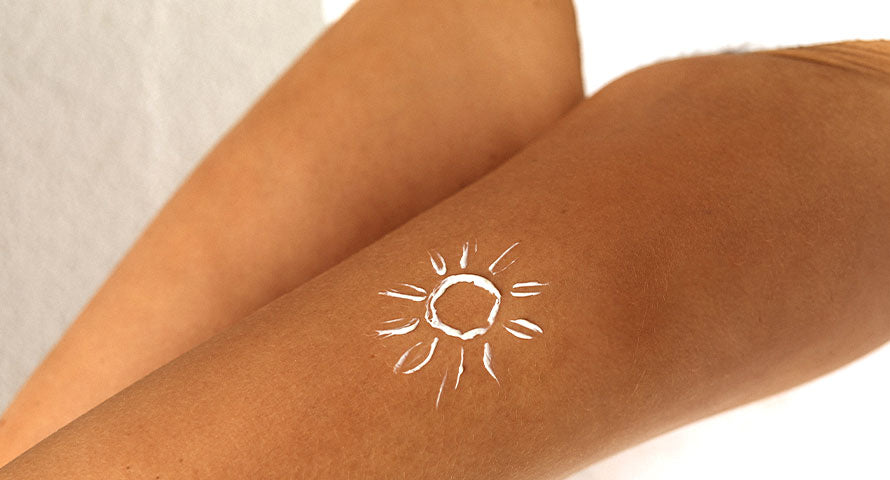
To protect your skin from the harmful effects of the sun, it's essential to use a broad-spectrum sunscreen with a high SPF. Apply it generously to all exposed areas of your skin, even on cloudy days. Additionally, seek shade during the peak hours of sun intensity, wear protective clothing, and use accessories like wide-brimmed hats and sunglasses.
Pollution
Air pollution, including smoke, exhaust fumes, and industrial pollutants, can have detrimental effects on our skin. These pollutants generate free radicals, leading to oxidative stress and inflammation. Over time, this can damage the skin's barrier function, disrupt its natural balance, and contribute to the signs of aging.
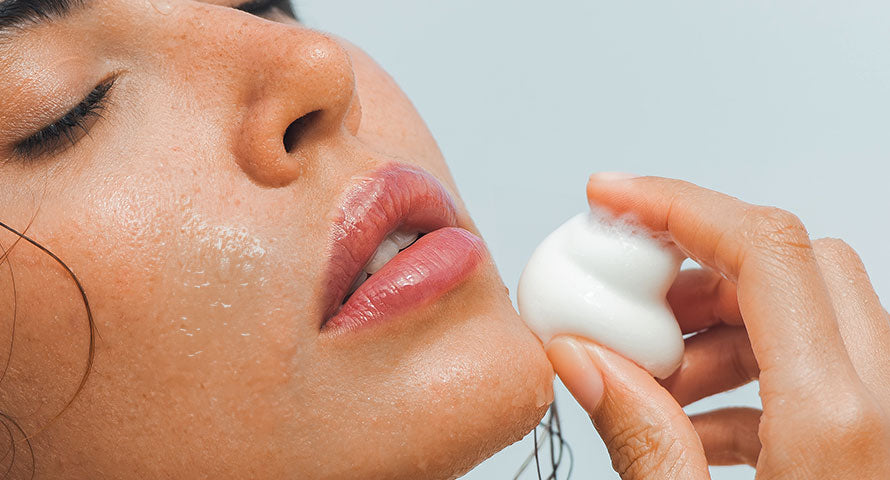
To minimize the impact of pollution on your skin, cleanse your face thoroughly every day to remove dirt, grime, and pollutants. Consider using a cleanser that contains antioxidants to help neutralize free radicals. Additionally, create a barrier between your skin and pollutants by applying a lightweight moisturizer or serum with protective ingredients like vitamin C and niacinamide.
Climate and weather conditions
Extreme weather conditions, such as cold temperatures and low humidity, can strip the skin of its natural moisture, leading to dryness and dehydration. On the other hand, hot and humid climates can increase sweat production and oiliness, potentially clogging pores and triggering breakouts.
To combat the effects of extreme weather conditions, adjust your skincare routine accordingly. In colder climates, use a rich moisturizer to nourish and protect your skin from dryness. In hotter climates, opt for lightweight, oil-free products that won't clog your pores. Additionally, don't forget to stay hydrated by drinking plenty of water throughout the day.
Lifestyle Habits that Can Slow Down the Aging Process
While we can't stop the clock or reverse the natural aging process, there are certain lifestyle habits that can help us maintain healthier, more youthful-looking skin. Let's explore some of these habits and how they can slow down the aging process.

1. Protect your skin from the sun
2. Follow a healthy diet
3. Stay hydrated
4. Get enough sleep
5. Manage Stress
By incorporating these lifestyle habits into your daily routine, you can significantly slow down the aging process and maintain healthier, more vibrant skin.
The importance of a Skincare Routine in Preventing Premature Aging
Establishing a consistent skincare routine is key to preventing premature aging and maintaining healthy skin. A well-rounded skincare routine should include the following essential steps:
1.Cleansing
Cleansing your skin is the first step in any skincare routine. Use a gentle cleanser that effectively removes dirt, oil, and impurities without stripping the skin of its natural moisture. Cleanse your face twice a day, in the morning and eventing, to maintain a clean and balanced complexion.
2.Exfoliation
Exfoliation helps to remove dead skin cells, unclog pores, and improve overall skin texture. Choose a gentle exfoliator that suits your skin type and use it 1-2 times per week. Avoid harsh scrubs or over-exfoliating, as this can cause irritation and damage to the skin.
3.Toning
Toners help to balance the skin's pH levels, tighten pores, and prepare the skin for the next steps of your skincare routine. Look for toners that are alcohol-free and contain skin-soothing ingredients like witch hazel or rosewater. Apply toner to a cotton pad and gently swipe it across your face and neck.
4.Moisturizing
Moisturizing is essential for keeping the skin hydrated, soft, and supple. Choose a moisturizer that suits your skin type and contains ingredients like hyaluronic acid or ceramides to lock in moisture. Apply moisturizer to your face and neck twice a day, after cleansing and toning.
5.Sun Protection
Sunscreen is a non-negotiable step in any skincare routine. Apply a broad-spectrum sunscreen with at least SPF 30 or higher, even on cloudy days. Reapply every two hours or more frequently if you're seating or exposed to water.
6. Eye care
The skin around the eyes is delicate and prone to fine lines and wrinkles. Incorporate an eye cream or serum into your skincare routine to target specific concerns like dark circles, puffiness, or crow's feet. Gently pat the product around the eye area using your ring finger.
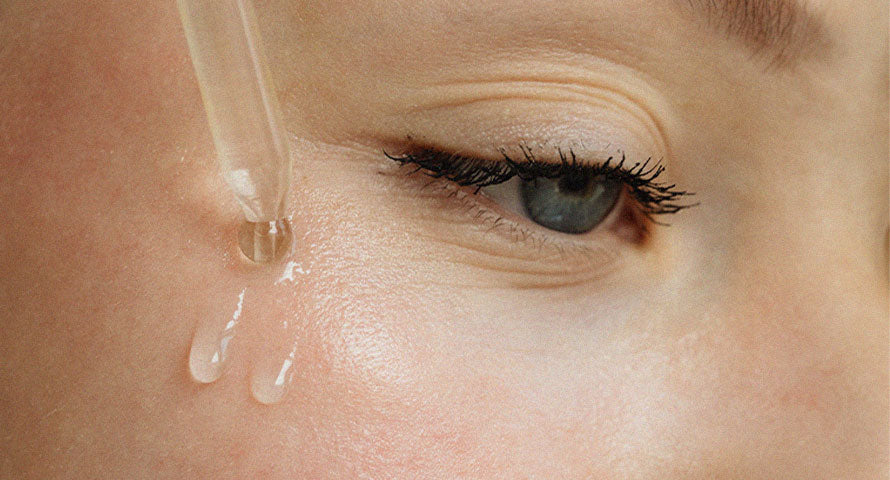
Remember, consistency is key when it comes to skincare. Stick to your routine and give your skin time to adjust and reap the benefits.


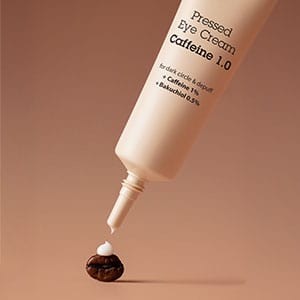
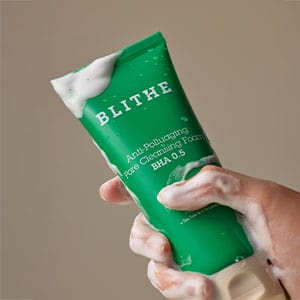
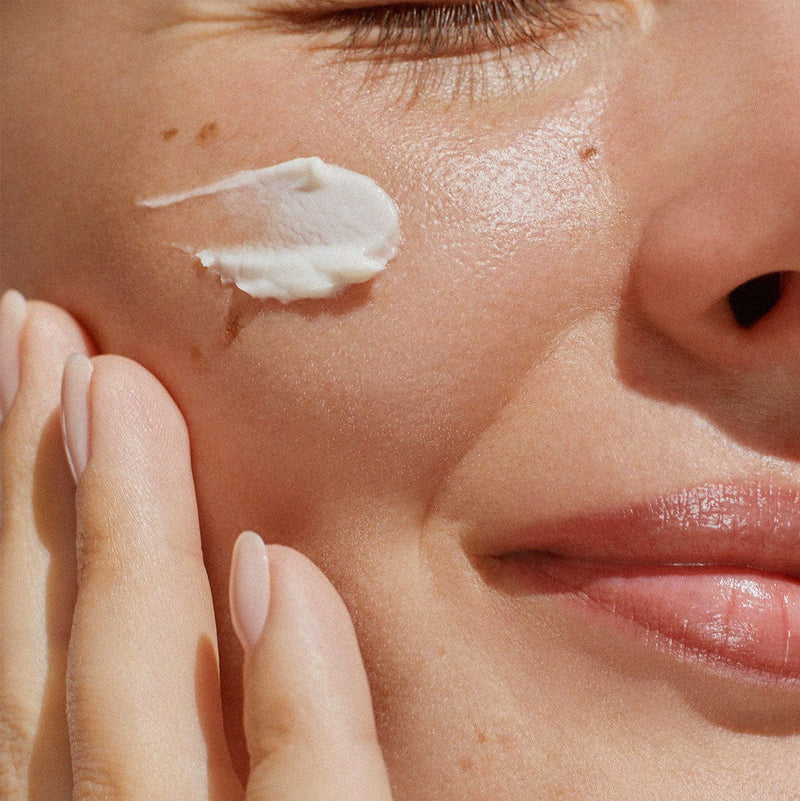
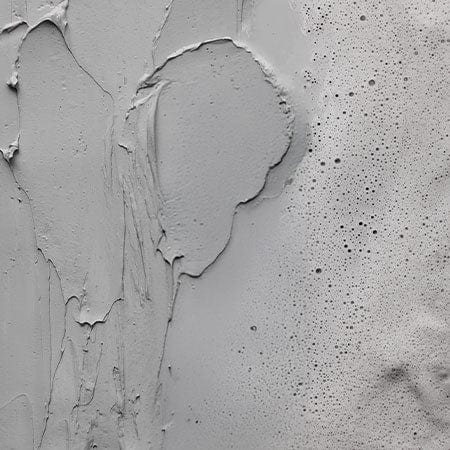
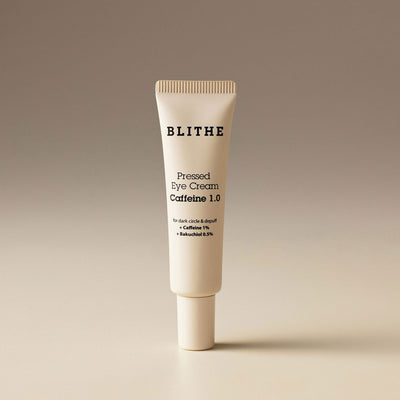
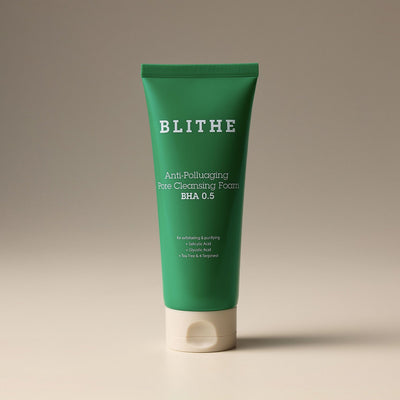
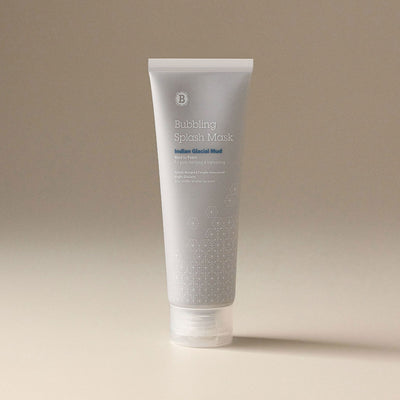
Leave a comment